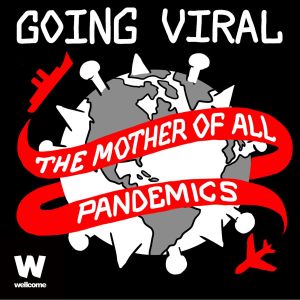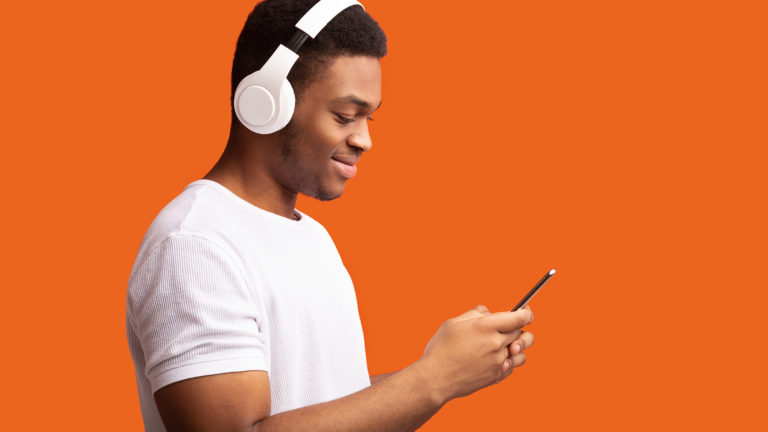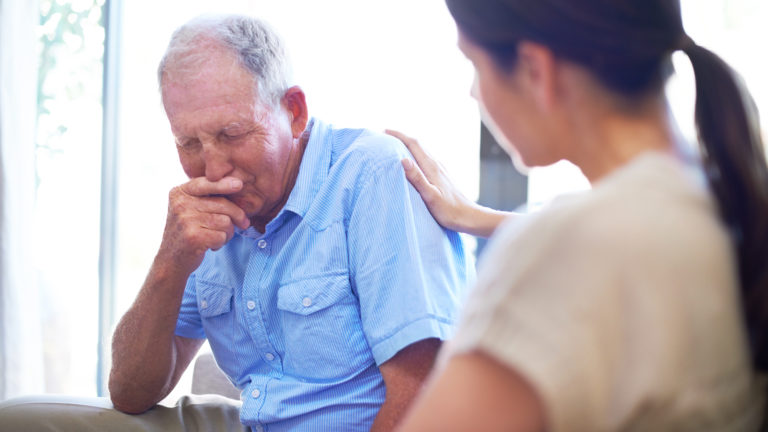Join getAbstract to access the summary!

Join getAbstract to access the summary!
Mark Honigsbaum and Thomas Dixon
The Covid Files 2: How Are You Feeling?
Going Viral podcast
Zinc Media, 2020
What's inside?
How we cope with negative feelings could be the key to surviving COVID-19, as our emotions go viral.
Recommendation
Quarantined people deal with amplified anger, anxiety, fear and grief, which can take a serious toll on emotional and physical health. In this episode of the podcast Going Viral, medical historian Mark Honigsbaum interviews Professor Thomas Dixon, who offers a wealth of survey data on how people cope with lockdowns and personal tragedies in this era of coronavirus. Mark’s daughter Olivia speaks with Nancy Lublin, whose Crisis Text Line monitors how young people use technology to cope with isolation from friends.
Take-Aways
- People cannot enjoy much direct social interaction during the coronavirus pandemic.
- Some people have embraced positive aspects of the lockdown, while others focus only on the negatives.
- One of the most heartbreaking aspects of COVID-19 is its separation of mortally ill patients from their loved ones at the time of death.
- Young people quarantined in the United States first experienced anxiety and fear about virus symptoms.
- Technology is an essential coping mechanism during pandemics.
Summary
People cannot enjoy much direct social interaction during the coronavirus pandemic.
Negative thoughts including those about death and mortality feature prominently in many people’s minds. Rage and fury are not useful emotions. In online communications, violent emotions can drive misinformation and subsequent anger. Calmness and stoicism are much better states of mind, because the coronavirus pandemic is likely to last a long time.
“I think one obvious thing about our current situation is sort of a distilled kind of purified version of existential dread to wrestle every day of the week, because all the things that we normally do to distract ourselves from dread and mortality and meaninglessness have been taken away.” (Thomas Dixon)
Professor Thomas Dixon employs a mood tracker to gather data about how people are feeling. Up to March 13, 2020 he found that 61% of UK respondents claimed to be happy, while normally the percentage is about 50%. Dixon noted stress and frustration as other common feelings.
During the first two weeks of lockdown, stress predominated peoples’ emotions, while happiness plummeted. Boredom registered as the second most common mood, and 43% reported frustration. Fear was high initially, but then decreased. Dixon’s mood data indicated that quarantined people were ultimately more bored than scared.
Some people have embraced positive aspects of the lockdown, while others focus only on the negatives.
About 20% of respondents report loneliness, which is normal. Some people feel more connected now than before the lockdown. They are enjoying conversations with family and friends on videoconferencing apps, such as Zoom. Experts don’t yet know the impact of being physically separated from others, but they do know that touching is fundamental to friendship and connections.
“I suspect there may be division there between older people whose lives might not have been so drastically altered by lockdown, and younger people whose whole life has been suddenly halted.” (Thomas Dixon) ”
Since the Renaissance, various “technologies” such as writing letters, sending telegrams and calling each other on telephones have enriched our friendships. Dixon divides friendships into three types. One is kinship, such as the relationship people have with their families. The second is utility, in which people are useful to one another. The third one is based on emotions, a disembodied kind of connection people can express online through video chat apps.
One of the most heartbreaking aspects of COVID-19 is its separation of mortally ill patients from their loved ones at the time of death.
Often coronavirus victims speak their last words to an iPad, rather than a telephone. This intense grief is extremely difficult to emotionally process and express.
“Grief for me is a gateway that tells you what direction your anger should be directed to, in a way.” ”
The pandemic has also produced moments of joy: groups of citizens clapping for health care professionals, or small acts of genuine kindness. After recovering from COVID-19, the UK’s Prime Minister Boris Johnson used the term “love” in a speech about the NHS as he recounted how two nurses had cared for him, a possible change of personal tone.
Young people quarantined in the United States first experienced anxiety and fear about virus symptoms.
The second emotional wave included reactions to impacts of lockdowns and quarantines. Crisis centers noted a 74% increase in texting about domestic violence, but calls have not increased because victims are locked at home with their abusers.Addictive behaviors and mental illness can become more acute during lockdowns.
“It’s a real question about preservation of individuals versus preservation of the whole.” (Nancy Lublin) ”
Dedication to flattening the curve brought everyone together for a couple of weeks, then the fun aspects began to diminish. Grief set in, as people observed more sickness and death in people they knew. People became anxious and depressed, and worried about their own health. A third wave will likely hit when the impending economic crisis occurs.
Some people aged 18 to 34 have moved back home with family, or are stuck in a flat with a roommate they hardly know. Parents are caring for young children 24/7.
Technology is an essential coping mechanism during pandemics.
Through social media, live streams, and phones, we can stay in touch with loved ones and friends we can’t visit in person. We can have food and other necessities delivered, while TV and video games entertain us. These kinds of connections may prevent some suicide feelings. People may be isolated, but they know friends and neighbors are sharing the experience, and they check on each other. People can use this time to build social bridges, volunteer, and learn new skills together, like cooking.
“It’s certainly the first time also that the whole world is experiencing something together and on the same side. It’s not like a war where we were split and everybody experienced it, but in different ways.” (Nancy Lublin)
“Winning” the pandemic means emerging from it with friends and family intact. Individuals must do whatever works for them, to stay safe and healthy.
Stress and anxiety are normal feelings which can help you push through boredom, and to reach intellectual or creative goals. In fact, your best tools to deal with emotions are art, music, culture and stories.
“I don’t have a recipe for well-being or a recipe for happiness, but I do think it’s a good thing for young people to have a rich emotional vocabulary and to learn from our culture.” (Thomas Dixon) ”
The coronavirus pandemic may teach people how to avoid wallowing in negative, self-indulgent feelings. As a whole, these experiences have the potential to help us deal with, and more constructively express, our emotions.
About the Podcast
Podcast presenter Dr. Mark Honigsbaum is a writer and journalist specializing in the history and science of infectious diseases. Guest Dr. Thomas Dixon is Professor of History at Queen Mary University, London and author of Weeping Britannia: Portrait of a Nation in Tears. Olivia Honigsbaum’s guest, Nancy Lublin, is founder & CEO of Crisis Text Line.
This document is restricted to personal use only.





















Comment on this summary